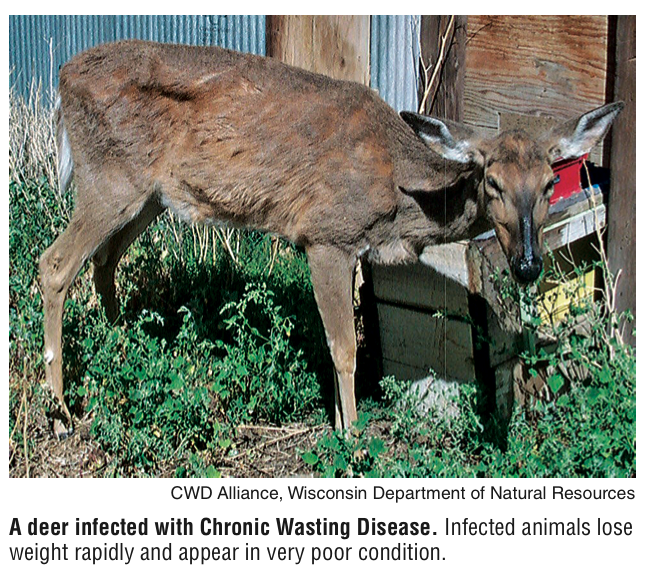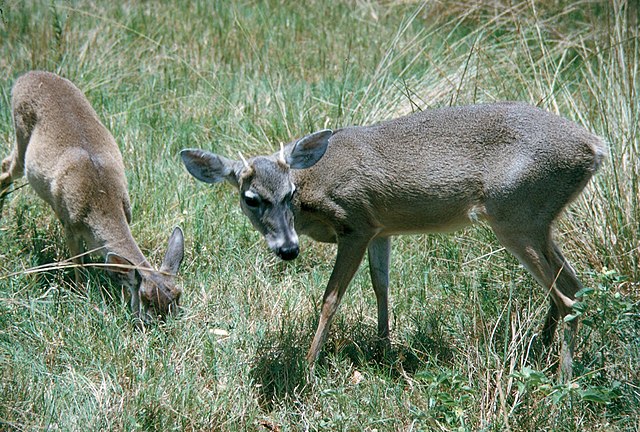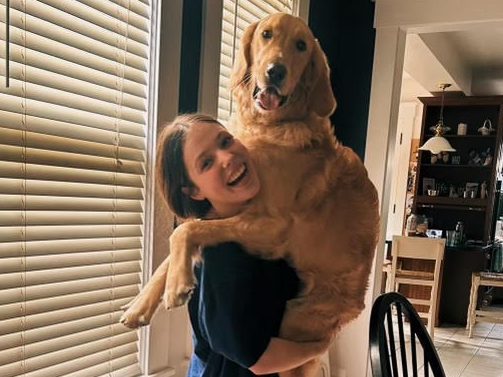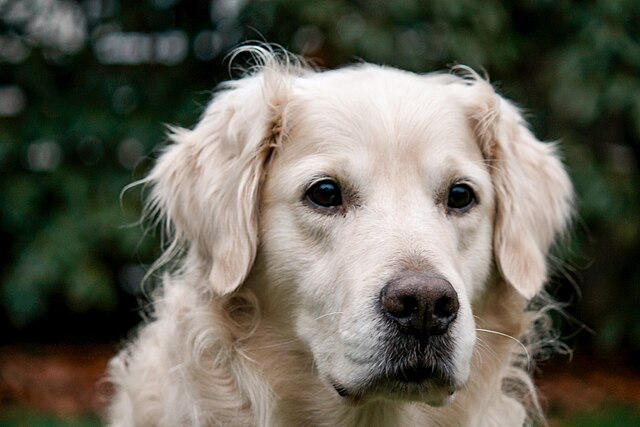In the heart of a small town, nestled between rolling hills and dense forests, there lived a community of deer. These graceful creatures roamed freely, but as their population grew, so did the challenges they faced. With more deer than the land could support, the lush vegetation began to dwindle, and the risk of disease grew.
One day, wildlife official arrived to assess the situation. They discovered that Chronic Wasting Disease (CWD) was starting to spread among the deer population. This neurological disease, caused by prions, was causing some of the deer to lose weight, become disoriented, and exhibit unusual behavior. The officials knew they had to act quickly to protect the health of the heard and the surrounding ecosystem.
After careful consideration, the decision was made to cull a portion of the deer population. This was not taken lightly, as the community had a deep appreciation for these animals. However, the culling was necessary to prevent the spreading of CWD and to allow the remaining deer to thrive. The officials organized a controlled hunt, ensuring that it was done humanely and responsibly.
As the culling took place, the community came together to support the wildlife management efforts. They learned about the importance of maintaining a balanced ecosystem and the role that healthy deer populations play in the environment. Over time, the remaining deer flourished, and the threat of CWD diminished. The town found a renewed sense of harmony with nature, understanding that sometimes difficult decisions are required to protect the future of their beloved wildlife.









